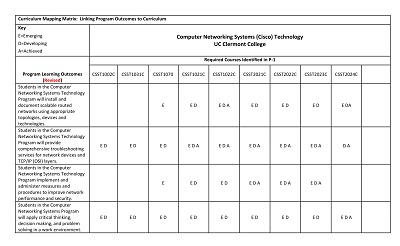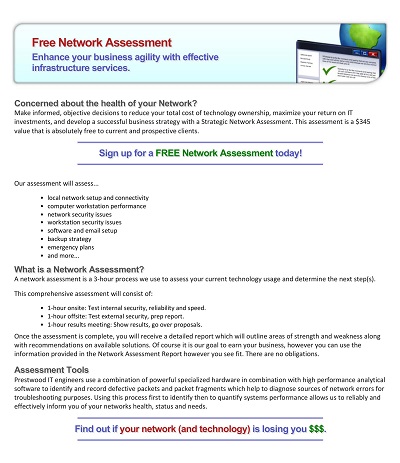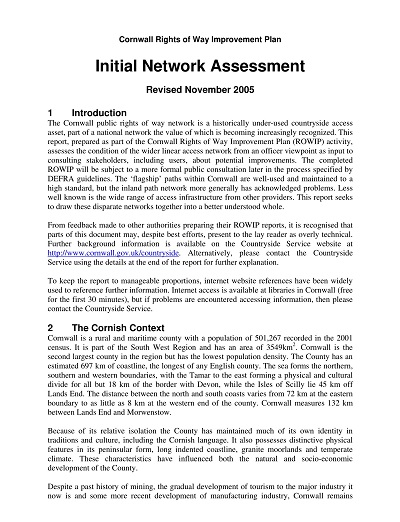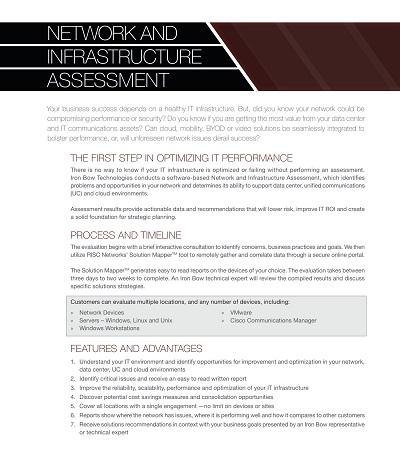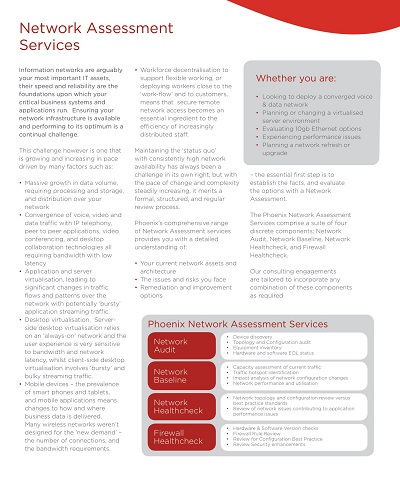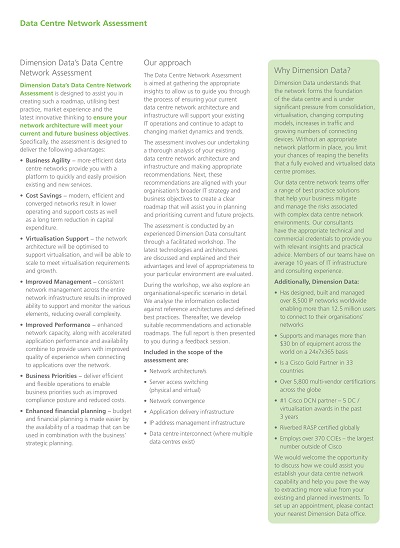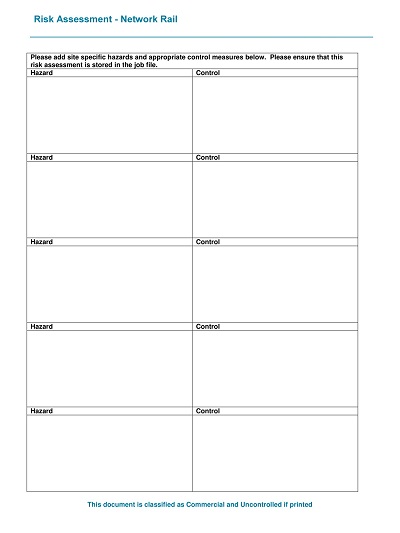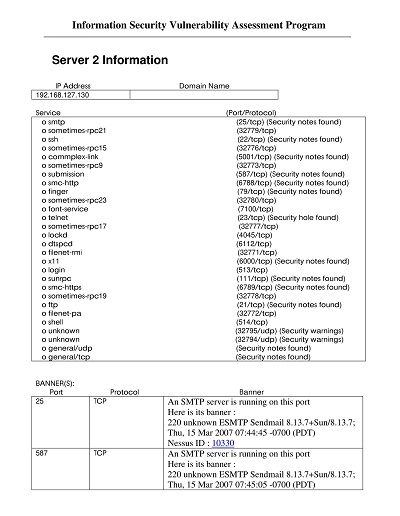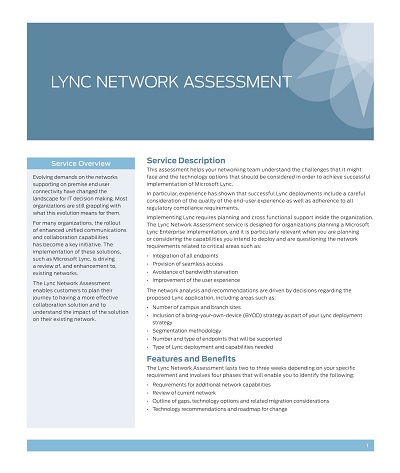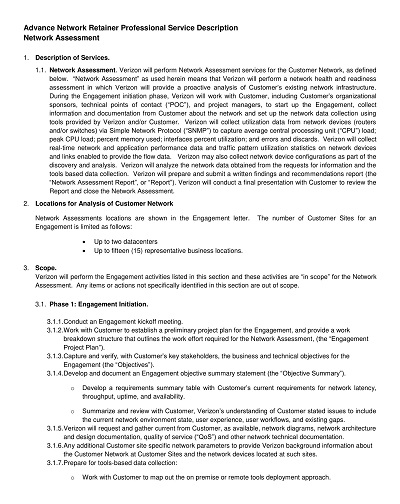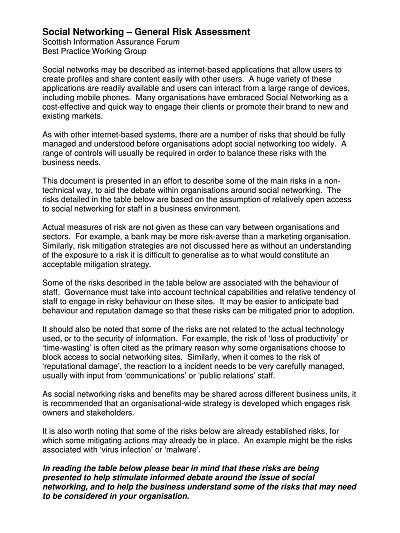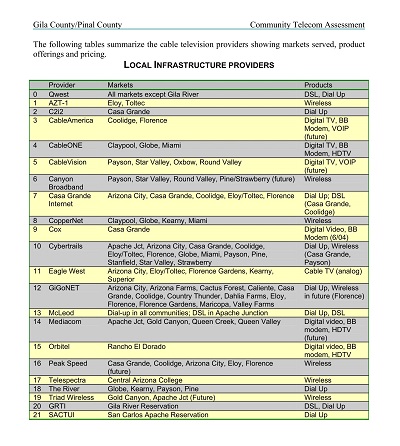26+ Free Sample Network Assessment Templates – Word, PDF
A network assessment template is a document used to present and organize the results of a network assessment (it includes a network’s performance, security, health, and capacity). You can optimize the network, resolve the issue, or upgrade it by performing a network assessment.
The efficiency of the analysis process can be enhanced by using the free-to-use, customizable assessment templates for the networks below. IT professionals can use these simple and printable templates for the assessment instead of starting from scratch each time. It will save time and resources and address every critical aspect of the network!
Download Free Sample Network Assessment Templates
What is Network Assessment?
The method to analyze an organization’s IT infrastructure is known as network assessment. It focuses on aspects like performance, security, management, and architecture. The analysis provides a report of the existing network by identifying risks, errors, and areas of improvement. It helps organizations by improving network, efficiency, and reliability.
Network assessment involves using scripts and tools to collect data and scan the network on various metrics. To mitigate potential risks and identify possible issues, the assessment facilitates the assessment of security threats. By providing extensive safety measures, you can protect systems. Then, the data is reported and analyzed to give recommendations and insights on network optimization.
Network Assesment Used For!
A network assessment is like a regular check-up for a computer network. It ensures that a computer network runs smoothly. It helps identify glitches or errors; sometimes, the network is slowed down when users download large files, stream videos, or run multiple applications at a time, slows the network speed by consuming a large bandwidth network.
How it works: A network is a group of computers and devices connected like a web. It allows these devices to talk to each other and share information. If one device in a network has a problem, it can affect the others.
A network assessment is like a doctor’s expert identifying problems before they worsen. They check the network’s ‘health’ by looking at its performance, security, and reliability.
- Performance checks ensure that the network is fast and efficient.
- Security checks make sure that the network is safe from viruses and hackers.
- Reliability checks ensure the network is dependable and always ready to work when needed.
Crucial Components of a Performing Network Assessment
A complete analysis and inspection of an organization’s network infrastructure to check out its overall performance, health, and security is known as network assessment. Its crucial components include:
- Risk Score Analysis: Risk score evaluation helps mitigate potential risks and improve security. It involves measuring the potential weak links or threats that can affect the security and performance of the system.
- Asset Summaries to Understand Scope: Creating summaries of all network assets is crucial for effective system management. It will help to get an overview of the infrastructure’s scope, understand the system and scale of devices, and connect resources to the network.
- Vulnerability Identification: You can identify major weaknesses in the network by performing a vulnerability scan. It will help to protect your network from unauthorized access or security breaches by taking proper precautionary measures.
- User Access Security Review: Maintain the integrity of the network by examining user permission to ensure their security. It will help to protect sensitive user data. Building the user’s trust is crucial to ensure your data is encrypted and 100% safe.
- DNS Functionality Analysis: It is crucial to analyze the functionality of DNS systems to ensure a secure and stable network. This step keeps your network safe from cyber threats by figuring out potential glitches in DNS infrastructure.
- Comprehensive Physical Inventory: Document all the actual components of network infrastructure. It’s helpful for maintenance, tracking hardware assets, and improving system management.
- Visibility and Management Capabilities Audit: To check out how well the network can be controlled and monitored testing the management capabilities and visibility audit is important. It helps administrators to respond or oversee potential security accidents.
Right Time to Perform Network Assessment!
Performing network assessment is crucial in various scenarios. Some of the key aspects are:
- Periodic Evaluations: Regular network assessments help identify security and performance issues. potential improvements. Assessments at regular intervals improve the network’s health by highlighting areas of improvement.
- Network Upgrades: For a smooth transition to hardware upgrades and software updates. Check out compatibility by performing assessments of the network.
- Security Audits: To improve the network’s security, you can perform a network assessment. This helps to figure out areas of improvement and mitigate potential risks.
- Cost Optimization: You can find resources that are unutilized through assessment. It will help to reassign the unnecessary components.
- Post-Incident Analysis: Identifying root issues by doing a post-analysis will help you to rectify issues. You will get an idea, of what mistakes to avoid in the future.
Steps in Creating a Network Assessment Report
The steps involved in creating a comprehensive network assessment report are:
- Ensure all the necessary information and resources are available to perform an assessment; begin with preparation and planning!
- Use appropriate tools and methods to perform the assessment. Collect data on the security, performance, and health of the infrastructure.
- Analyze your findings but gather the data on the weaknesses and strengths of the network. It will help to figure out potential areas of improvement in the system.
- Create a visual report which includes the map of the network. You can use the above easily customizable network assessment templates to create a report.
- Provide actionable recommendations based on the assessment findings to address identified issues and enhance the network’s overall performance.
- Give your recommendation on the base of potential issues you identified. This will help to improve network performance.
You can Craft the above printable templates available in Word and PDF for writing an assessment report. You can customize them as per your needs. These templates are free to use.
What are the Benefits of Using a Network Assessment?
The network assessment helps identify security risks and improve overall performance. 6 benefits of network assessment are:
- Performance Optimization: A network assessment identifies areas of improvement in system performance to improve efficiency and productivity.
- Insecurity Analysis: Assessments analyze risk in IT infrastructure. It enables organizations to address potential security risks and strengthen their network defenses.
- Strategic Planning: By analyzing the current state of IT systems, organizations can create strategic plans for their technology infrastructure and employee workflows.
- Inventory Automation: Network assessments automate inventory processes to make it easier for organizations to maintain accurate records of devices and applications. It reduces the burden of manual inventory management.
- Comprehensive Network View: Organizations gain a comprehensive view of their network. This allows them to make informed decisions and improvements based on the current status and performance.
- Validation of IT Infrastructure: A network assessment serves as a validation of the existing IT infrastructure. As it covers performance, security, processes, compliance, and management.

